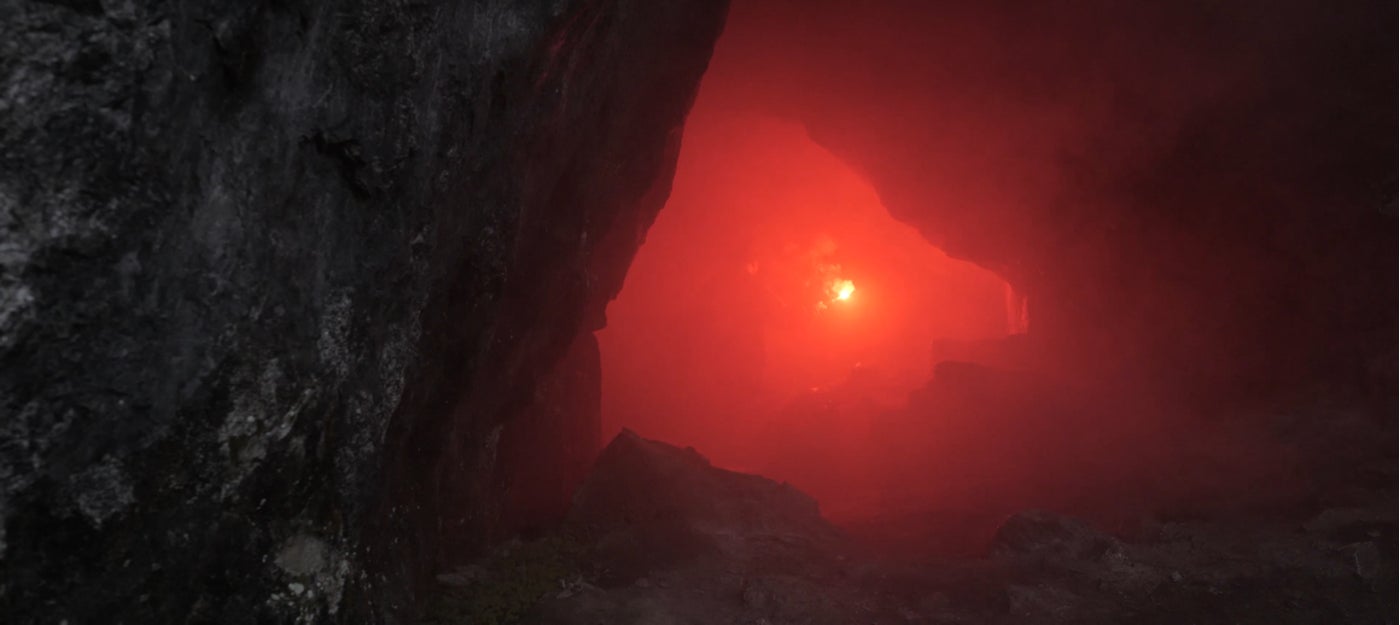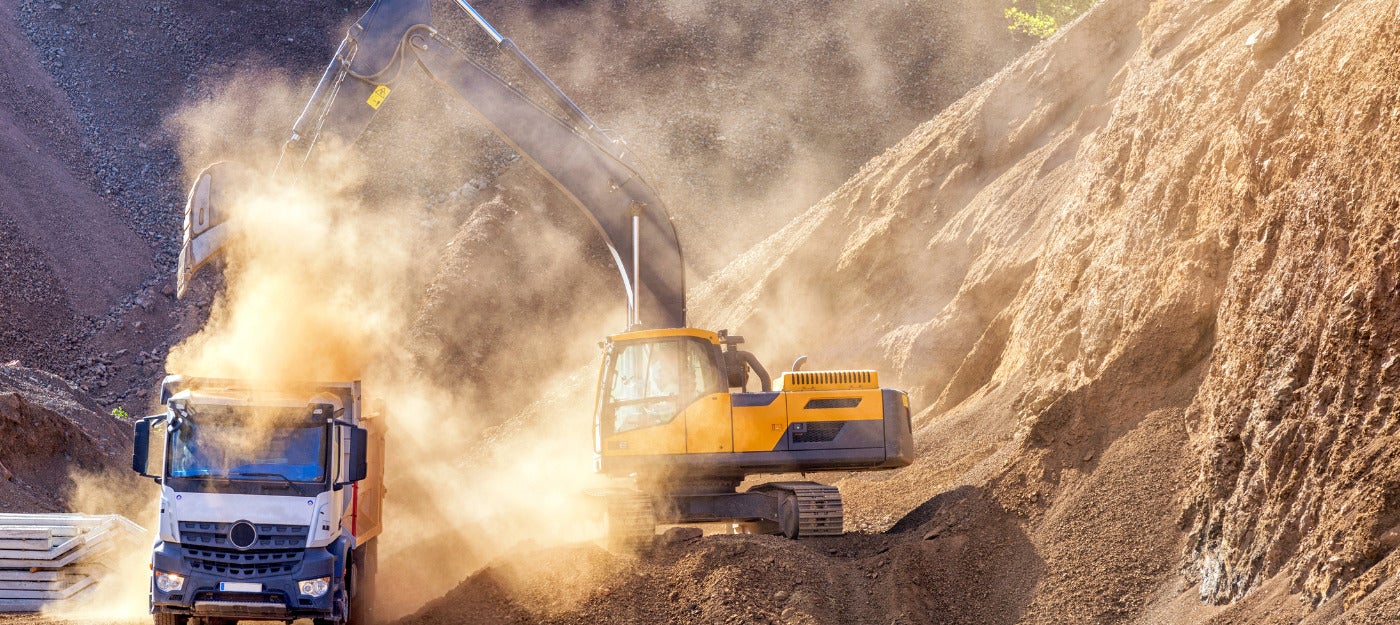
Improving Tunnel Safety Systems with Breathing Equipment
It might sound obvious, but workers need enough oxygen to breath in tunnels and should be equipped to handle any drop in levels.
Going without oxygen for as little as half a minute can cause someone to fall unconscious. This becomes even more dangerous if workers are operating vehicles or heavy machinery while underground, so being aware of and taking the necessary health and safety precautions in tunneling is vital.
Working in tunnels can also expose workers to poisonous gases. Harmful substances can be quickly released during operations.
Adding to this, the lower pressures and lack of fresh air underground can make gases such as methane explosive.
Temperatures in tunnels also need to be kept in check. Working in conditions that are too hot can increase personnel fatigue.
Self-contained self-rescuers (SCSR) can provide workers with enough air to breath in the event of low oxygen levels or when air is contaminated.
Carroll’s W65 Self-Rescuer Respirator purifies the air for the wearer, with the mask and nose-clip offering protection from carbon monoxide and other toxic substances that may be released.
It has the capacity to provide the wearer with up to four hours of clean air, which should be enough time for them to get to safety in an emergency or call for assistance.
Another tunnelling safety option from Carroll is Ocenco’s Self Rescuer range. What makes these units different from other solutions on the market is that they use pure oxygen instead of chemical-based substances.
Unlike chemical-based solutions, Ocenco’s Self Rescuer units can be repaired and used again. This ensures a 15-year service-life, eliminating the need to buy as many replacements. Their robustness has been proven not just in mines, but also in military operations.
Oceano’s EBA 6.5 SCSR is able to deliver pure oxygen for an hour, which is of particular use for injured personnel during medical emergencies.
In addition, the more compact M-20 SCSR can provide pure oxygen for a slightly shorter period of 20 minutes. Both of these units are approved by the MSHA.
The EBA 6.5 can be stored in caches, so does not need to be continuously worn. Units should be placed strategically throughout the mine so workers know where they are and are able to get to them should an emergency arise.
How Communication Affects Tunnel Safety Systems
Something as simple as communication can also make a big difference to safety.
Equipment such as underground telephones and radios can both protect workers and increase operations efficiency. Underground workers are able to communicate with each other, as well as colleagues working at ground level offices or further afield.
If any problems are encountered in tunnels, workers can alert colleagues above ground to receive support or advice.
Carroll offers an extensive portfolio of underground radios such as Kenwood’s NEXEDGE model, which has been designed to operate in the adverse conditions encountered at mines.
The NEXEDGE also features a long battery-life and GPS, meaning that workers’ movements can be tracked so their whereabouts are known at all times. Other worker tracking systems are also available from Carroll.
When it comes to underground telephones, Carroll stocks a number of models from Pyott-Boone Electronics. Not only do they provide clear communications, but they have also been built to withstand the adverse conditions encountered during underground tunnelling operations.
Effective communication also reduces the chances of a potentially fatal underground collision between vehicles and workers.
Figures from the US Mine Safety and Health Administration revealed that seven workers deaths in 2018 were caused by a collision with a vehicle. Risks can be reduced further with proximity monitoring solutions.
Whatever the safety requirements for tunnelling, Carroll Technologies Group will be able to provide expert advice on solutions that meet the demands.
Key tunnel safety systems for mining personnel available from Carroll Technologies include:
- 455299 W65 Self-Rescuer Respirator
- 460027 Holster for W65 Rescuer
- 449428 Rubber Protective Boot W65 Rescuer
- 20002 Pouch for W65 Rescuer
Read more: Mining Risks and Hazards

